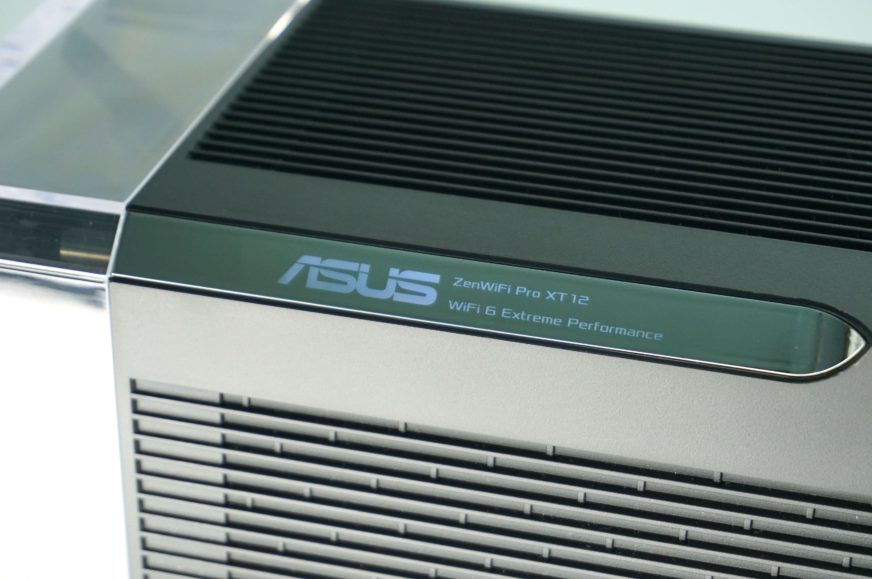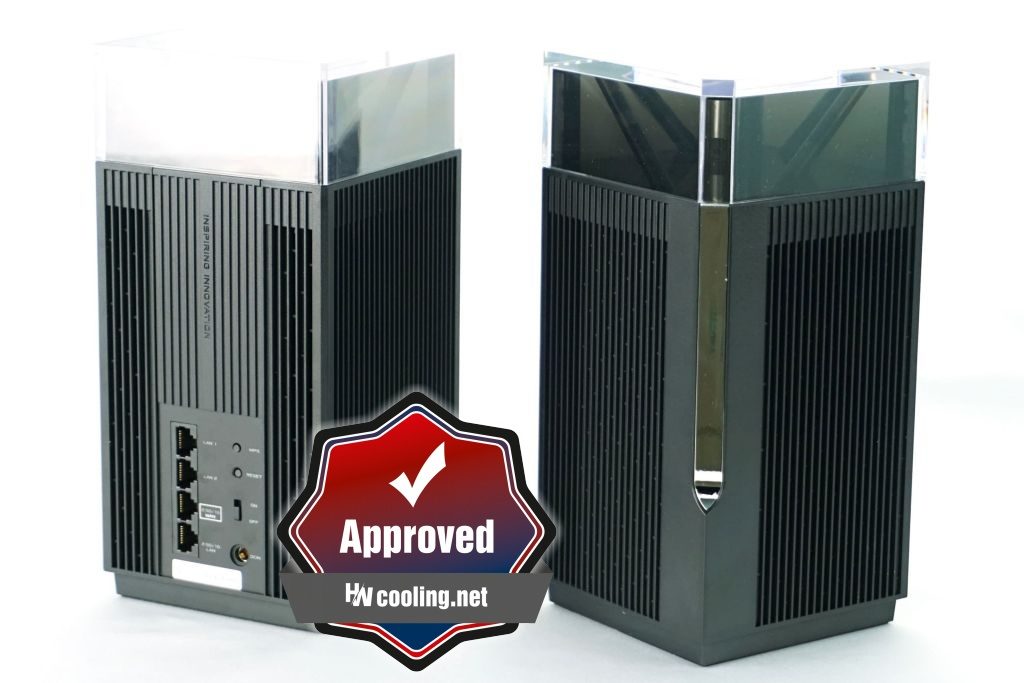Conclusion
Routers, for the most part, are not among the design-appealing devices you’d want to show off. They are usually white or black boxes with antennas sticking out of them and you hide them somewhere behind your computer, TV or in a closet. But that doesn’t have to be the rule, and the new Asus ZenWiFi Pro XT12 is proof of that. In addition to the unconventional design, the tested model impresses with its focus on mesh networking, which Asus routers are known for.
Conclusion
Asus ZenWiFi Pro XT12 is a stylish and very unconventionally designed router that definitely does not deserve to be hidden somewhere in a corner or closet, quite the opposite. It has the potential to become a fashion accessory that you display in your living room or bedroom and every visitor to your home will be interested in it.
Often, however, such fashion oriented pieces of hardware fail in all other aspects and offer no qualities other than design. Fortunately, this is not the case with the XT12, as it is a very capable router with very solid speeds as well as excellent software features.
I also very much welcome the use of 2.5 Gb LAN/WAN ports, which solve the problem of the vast majority of routers with WiFi 6, namely slow wired connections. What I consider to be a missed opportunity and a rather large step in the wrong direction is the absence of USB connectors, which, as I mentioned, I use on a daily basis and would miss them with the XT12. Apart from that, I can only criticise one thing and that is the price.
The XT12 is on sale as both a standalone router, and in a two-pack, which we had for testing. The price of a standalone router is around 440 EUR and a two-pack costs 730 EUR, which is quite a lot. And I write this as an owner of the top model AX89X, which hovers just over 500 EUR, but offers two 10 Gb ports, eight LAN ports, USB ports, etc, etc.
Of course, the focus of XT12 and AX89X is completely different, but I can’t help wondering if it’s not better to save a bit more and buy two AX89X, connect them with a 10 Gb cable and achieve even significantly faster transmissions and enjoy the richer equipment offered by the rather cut down XT12 in comparison.
English translation and edit by Jozef Dudáš













Finally they stop making routers that are too big to put on a desk. I don’t understand why they were putting so much work in design or RGB stuff for a router that you can’t put in a desk anyways. On top of that it actually still was ugly with those antennas sticking out and always falling… And lastly wifi routers should never be put on a desk because that affects the range of your WiFi signals, this is too close to the floor or other electronics that can interfére. Wifi routers work best when pour at least 1.8,m height, because then they have better line of sight to clients. And they better penetrate walls, because wall outlets and other electric cables running in the walls are all below 1,5m height. Same thing with waterer tubes or heating radiators, they all block wifi, because water blocks radio signals. .Putting your router higher then 1,5m gives therefore much better wall penetration and higher speeds.
Do why make something beautiful that you need to put high anyway, to make it work better?
What I also miss with Asus : is outdoor acces points for wifi in the garden (cameras, smart lawnmower,etc..) asus is the only wifi brand that doesn’t have an outdoor solution
According to them there is no weekend because nobody gives this feedback on their Helpdesk, surveys,feature request s,etc..
Everybody: if you want outdoor wifi routers, let them know…